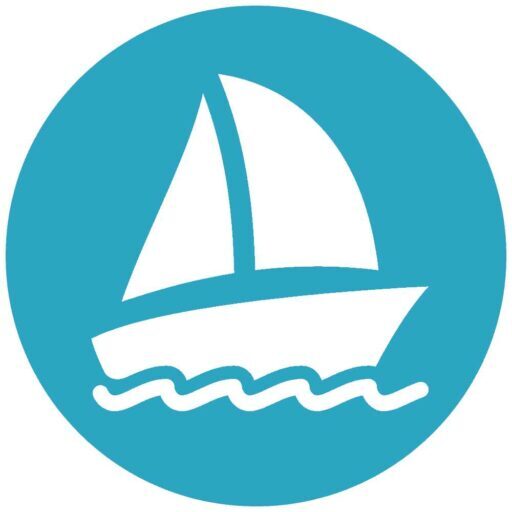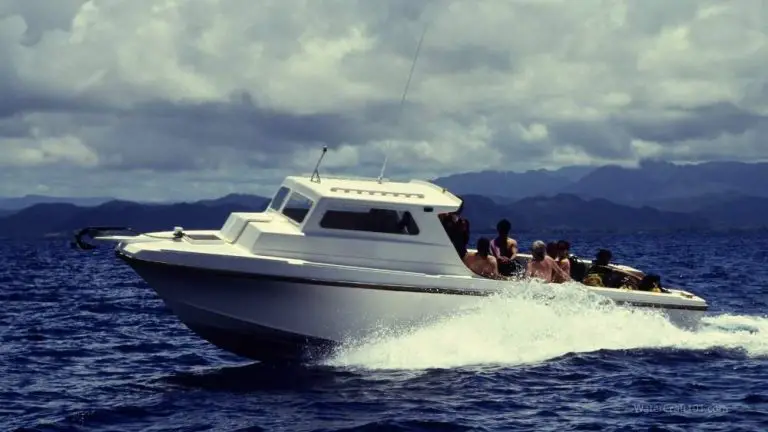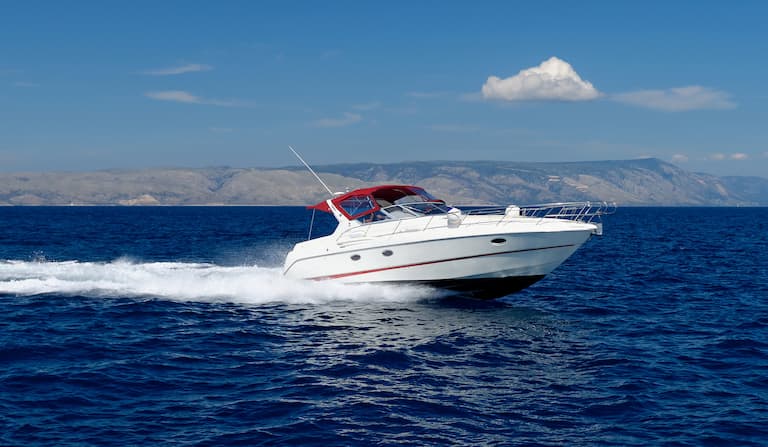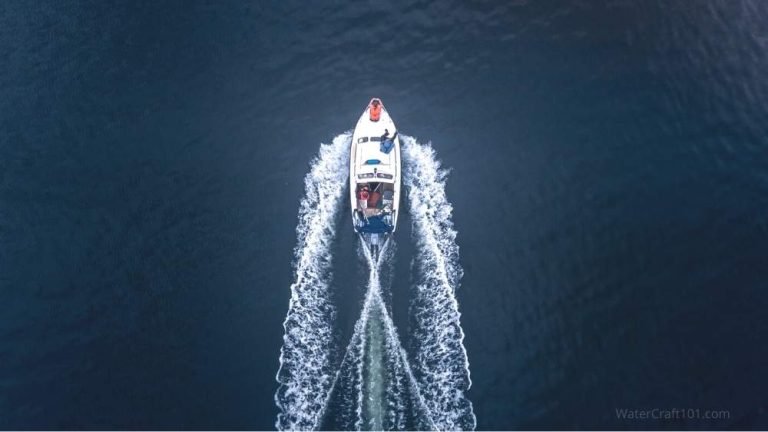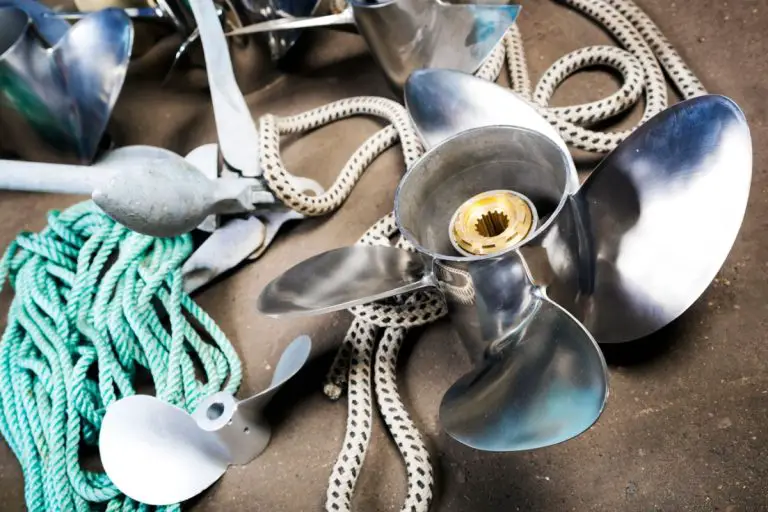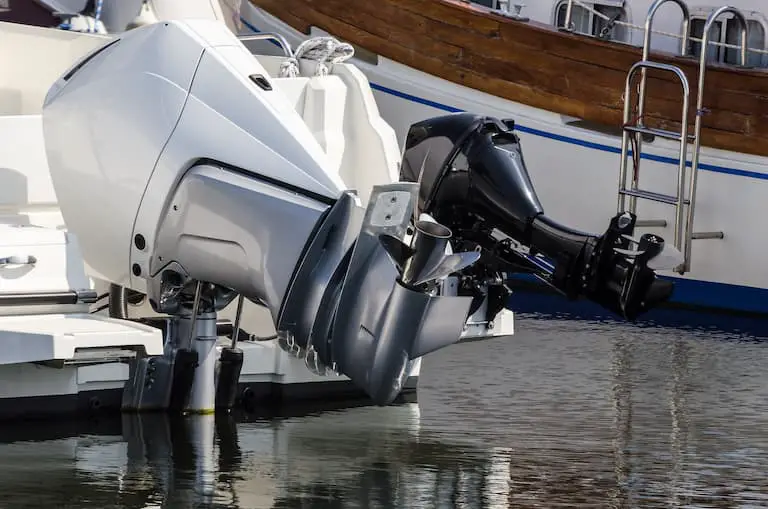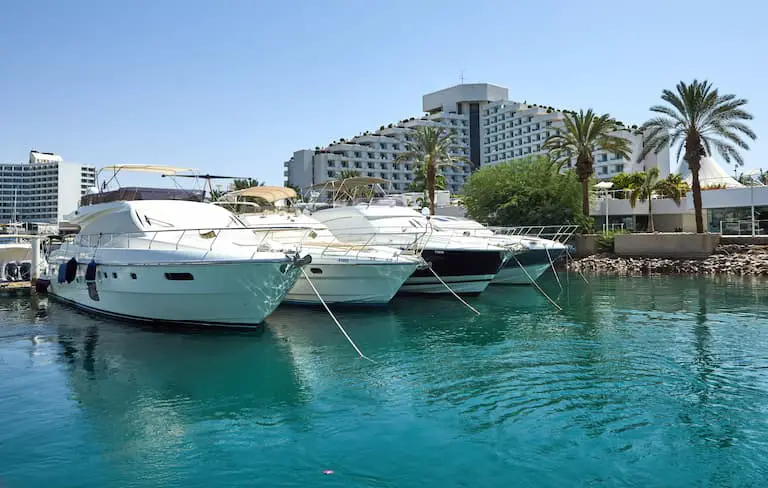10 Reasons Why Inboard Boats Are So Expensive
If you’re looking to buy an inboard boat, you might have noticed that they’re much more expensive than outboard boats, I/O boats, and regular stern drives. The cost difference is quite significant compared to boats with similar motor sizes and capacities. So, why are inboard boats so expensive?
Here are 10 reasons why inboard boats are so expensive:
- They are made for recreational purposes.
- The inboard motor is more fuel-efficient.
- Inboard boats have a more complicated design.
- Inboard boats are more durable.
- Used inboard boats retain more value.
- Inboard boats are not mass-produced.
- Inboard boats are more expensive to repair.
- Inboard boats have superior torque.
- Inboard boats are designed for extreme riding.
- There’s less competition in the inboard boat market.
This article will look into the factors affecting the costs of boats with inboard motors. Therefore, if you want to know whether inboard motorboats are worth the costs, read on.
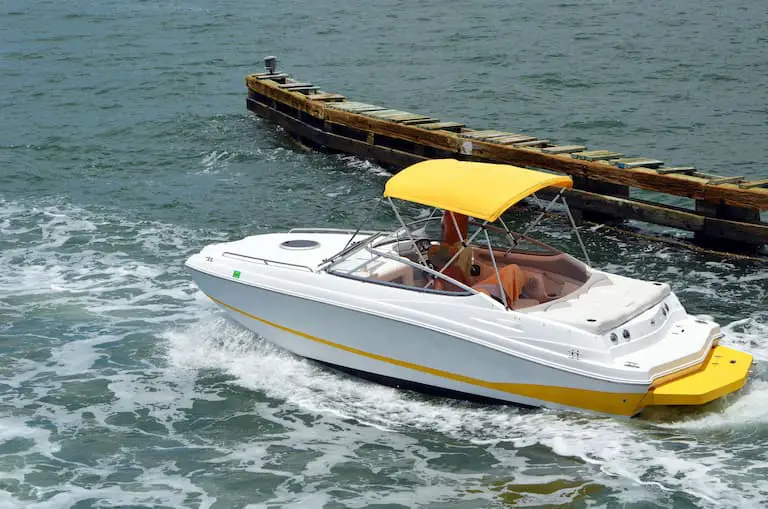
1. Why Are Inboard Boats So Expensive – They Are Made for Recreational Purposes
Most inboard boats are made for recreational purposes such as skiing, wakeboarding, and other water sports. For this reason, they are more expensive than outboards made for more practical purposes.
The most common inboard boats include:
Direct Drive Boats
These were the original inboard boats and are the most popular ones as well. Direct drive boats produce the least possible wake, which makes them ideal for competition skiing. The most popular direct drive inboard boats are water ski boats and are usually priced higher than most other recreational boats.
Direct drive boats can also be used for wakeboarding, but vDrive boats are better. If you’re looking for a boat with minimal wake and powerful torque, then you should go for a direct drive inboard boat.
vDrive Boats and Other Inboard Boats
vDrive boats were released after direct drives and have become quite popular amongst boating enthusiasts. They produce more wake than direct drive boats and are perfect for wakeboarding.
Some small fishing boats and cruise boats also have inboard motors. However, these are the exceptions since 90% of inboard boats are built for sports and recreational purposes. Inboard motors have the torque advantage, which do make them better for sport fishing in some cases.
Recreational boats have higher value because of their usage and uniqueness–similar to how sports cars and specialized 4×4 vehicles are costlier than regular cars. So, if you’re looking for a recreational ski boat or a boat for wakeboarding, be prepared to pay more for an inboard motorboat.
2. An Inboard Boat Motor Is More Fuel Efficient
More investment is put into the manufacture of inboard boats to enhance their fuel efficiency, which explains why their cost is usually on the higher side.
And although there’s a big debate on whether fuel economy is better in inboard boats than outboard ones, the truth is that there are multiple factors that decide this.
Most of the latest inboard boats have better fuel efficiency for engine horsepower. However, outboard boats may have better fuel efficiency if measured in terms of fuel used per mile traveled. Similarly, outboard boats are heavier than inboard boats of the same horsepower.
However, stats indicate that inboard stern drive diesel engines have better fuel efficiency than outboard diesel boats of similar capacity.
The reason for this is the better design of the inboard motor and the intensive research that goes into maximizing its performance. So, if you’re looking for a boat with more fuel efficiency for higher horsepower, an inboard boat is the better choice.
Unfortunately, this power/fuel efficiency combination comes at cost, literally!
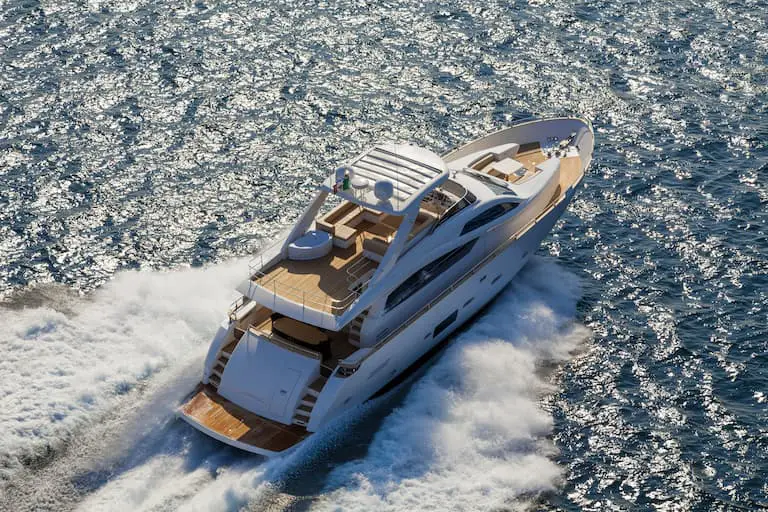
3. Inboard Boats Have a More Complicated Design
An inboard boat usually requires complex engineering to come to life. The hull needs to be trimmed perfectly, and there’s a lot of engineering that goes into the design of the rudder and direction control systems. The complex manufacturing and design processes require significant investments, which are usually transferred to the buyer.
To put it simply, inboard boat customers require perfection in design, a sleek finish, and an engine control system that’s well synced. The boat also has to be designed to handle more engine torque, which requires perfect engine fitting.
Another reason for the complicated design of inboard boats is the safety requirements. Inboard boats used for skiing, wakeboarding, and other water sports must pass rigorous safety tests before being deemed fit for use. This requires additional investment into the boat design, which translates to higher prices.
With inboard boats, you’re paying the additional cost in exchange for design perfection.
4. Inboard Boats Are More Durable
Inboard boat engines are essentially automobile engines that have been ‘marinized.’ The location of the engine isn’t the only thing that differentiates outboard boats from inboard boats. In most cases, the engine quality is higher with inboard boats, resulting in better durability and longevity.
The typical inboard engine is bigger than an outboard boat engine, and a single-engine is enough to power large boats. However, if you have a large outboard boat, you’ll need several smaller engines to power it. In the case of these engines, bigger is somewhat better since the inboard engine has better quality parts, can handle more pressure, and produces more torque than an outboard engine.
The build design is also more durable in inboard boats. Most of these boats are designed to fit engines with more propulsion, so more work goes into strengthening the boat’s body. The typical inboard boat engine can last up to 6000 hours, although they need serious maintenance after 2000 hours. This is almost double the lifetime of an outboard engine.
So, if you value durability, an inboard boat is a better choice. However, since these engines are essentially converted automobile engines, they’re more expensive.
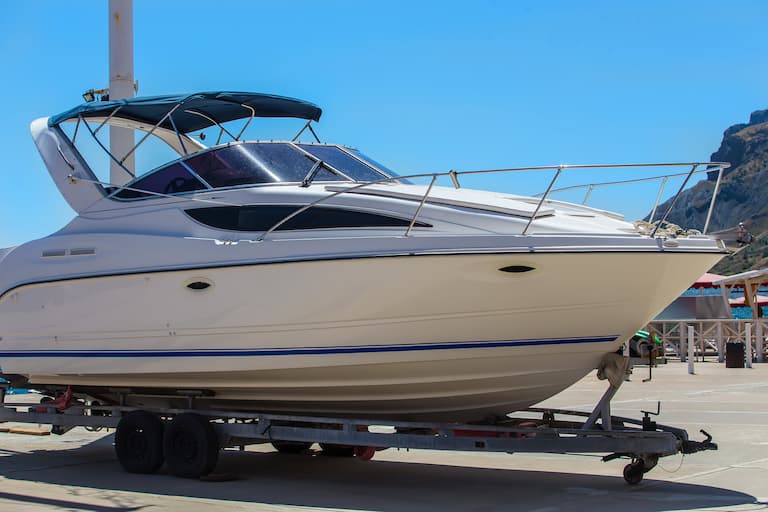
5. Used Inboard Boats Retain More Value
Used inboard boats retain value for longer than their outboard counterparts. After the initial purchase depreciation, inboard boats will depreciate very slowly over time. This often means that a 5-year inboard boat will be slightly less costly than its purchase price if you factor in inflation.
Factors such as engine durability, longevity, and value help maintain the value of inboard boats. The value retained by inboard boats means you’ll still need to part with a significant sum even when buying used units.
Although owning an inboard boat can prove costly, the investment is totally worth it, especially if you’ve purchased a newer model that you won’t mind selling later. Many factors will affect how much you can get for a preowned inboard boat. These include:
The Boat’s Age
Inboard boats usually retain most purchase value for at least 10 years. Some models from the 1990s are still expensive! While older boats generally fetch lower prices, even 10-year-old inboards are valuable.
Engine Mileage
Engine mileage is another factor that determines how much a preowned boat will cost. The average inboard motor has a running capacity of 6000 hours. However, inboard boats are primarily used for recreation and water sports, and most boat owners won’t use them regularly. They, therefore, have lower mileage, and even older models can have relatively new engines.
Engine Maintenance
The first thing that you’ll have to look at when buying or selling a used inboard boat is engine maintenance. Boats with engines serviced on time will cost more since a major part of the inboard boat’s cost is the engine. Poorly maintained engines will almost certainly lower the value of inboard boats.
Brand Value
Brand value is one of the primary reasons for the high prices of inboard boats. Many of the top skiing boat brands have expensive inboard motors. This means you should expect to pay more when buying an inboard boat from one of the leading brands. Inboard boats from relatively unknown brands will cost less and have lower resale values.
Exterior Condition
Lastly, the boat’s exterior will also play a role in determining its price. However, repairing the exterior isn’t as costly as an engine repair, so this should be among the last factors to consider when buying a used boat.
So, if you’re in search of a preowned inboard boat, always look for one with low mileage and a good quality engine. If you maintain your boat and service it regularly, you’ll fetch a reasonable resale price.
6. Inboard Boats Are Not Mass Produced
Close to 90% of the boats currently sold are outboard boats. These boats are popular because of their cost-effectiveness and use. Since inboard boats are mainly used for recreation and racing, they are only bought by a niche market. They are essentially a specialty product, much like sports cars.
Inboard boats also take careful design and require more complex manufacturing to produce. All these factors drive up the costs of buying an inboard. However, with the rise in popularity of wakeboarding, the demand for these boats is increasing, which may drive down prices.
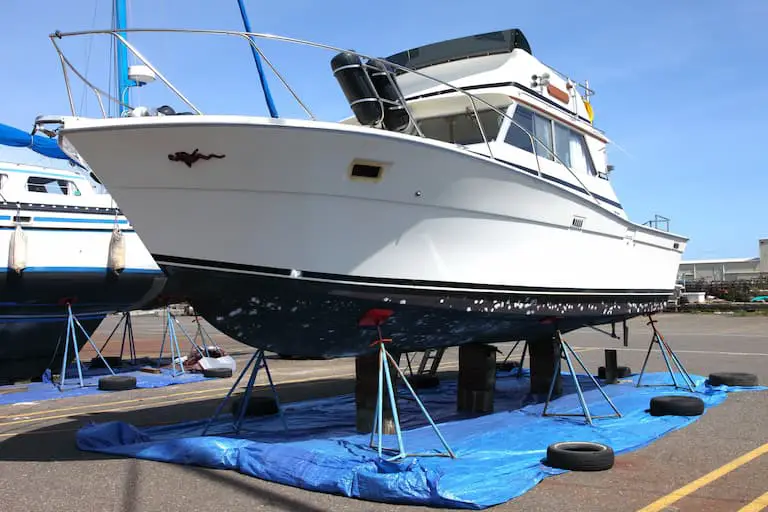
7. Inboard Boats Are More Expensive To Repair
Inboard boats are more expensive to maintain and repair since the engine is inside the boat compartment. You’ll need specialized tools and an inboard motor specialist to repair an inboard engine. On the other hand, outboard motors are easy to repair, modify or replace.
Inboard engines are also larger than their outboard counterparts, which makes the repair process more complex and costly. Parts are also harder to find, and they require special engine oil, filters, and other engine parts.
As such, it’s usually more expensive to get insurance for your inboard boat. However, when you factor in the safety and durability of inboard engines, they are cheaper to maintain in the long run.
8. Inboard Boats Have Superior Torque
A larger engine comes with its benefits in terms of power and torque. Inboard motors accelerate faster and are often faster than outboard motors of the same size. However, this doesn’t mean that inboard boat engines are more powerful in every sense.
To understand the power differences between the inboard and outboard boats, compare a sports car or motorbike to an off-road vehicle. The motorbike will have better torque and acceleration, while the 4×4 will have more engine power. However, both are used for different purposes.
But when you compare prices, you’ll notice that the sports car will cost more than the 4×4, even though it has less engine power. The same applies to outboard and inboard boats.
9. Inboard Boats Are Designed for Extreme Riding
Inboard boats are designed for extreme motorsports and wakeboarding. They are the sports cars of the boating world, which makes them more expensive. Ski boats are the most common inboard boat and have top speeds of up to 40mph.
They are often used for slaloms, jumps, and other stunts. Specialized inboard speed boats are used for professional boat racing and other water sports and require advanced engineering for maximum performance.
And, just like a sports or racing car will cost more than a regular SUV, inboard boats are more expensive than a regular outboard cruise boat.
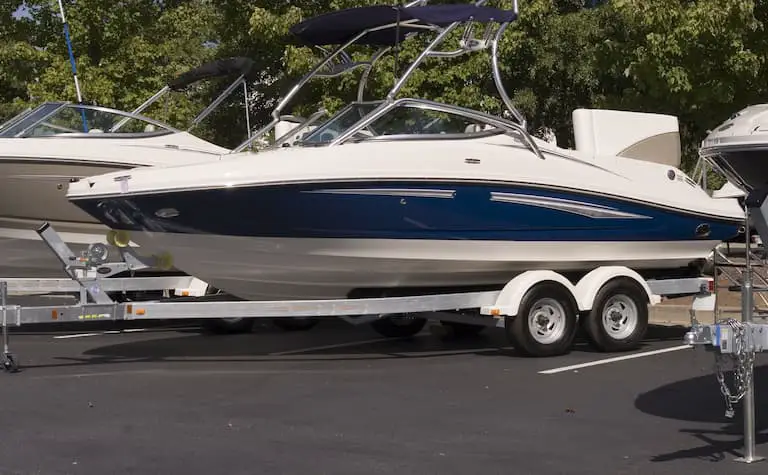
10. There’s Less Competition in the Inboard Boat Market
Inboard boats are a specialty product produced by a handful of boat manufacturers. This semi-monopoly on specialty inboard motorboats is another reason why they’re so expensive. A few outboard boat manufacturers have tried to create cheaper inboard boats, but these campaigns were unsuccessful.
Many specialty inboard boats are primarily used as a second or even third boat by the upper-income market. As such, it’s unlikely that they will become cheaper in the near future. Buying a second-hand boat is a viable option if you’re looking for a cheaper inboard boat, but even these can be costly.
Are Inboard Boats Better Than Outboard Boats?
Inboard boats may be better than outboard boats regarding torque, power, and speed. However, both inboard and outboard boats have their advantages and disadvantages. Outboard boats are cheaper, easy to repair and maintain, and widely available.
Summary
If you’re looking for the perfect boat for water sports, an inboard is the best option. It will cost more, but the engine quality is better, and it retains value for longer. So, while cost is a factor when choosing between inboard and outboard boats, inboard boats are definitely worth the price.
However, in the end, it comes down to what you want to use your boat for. If you’re looking for a cheaper powerboat or ski boat, you can always get a preowned one with decent mileage.
